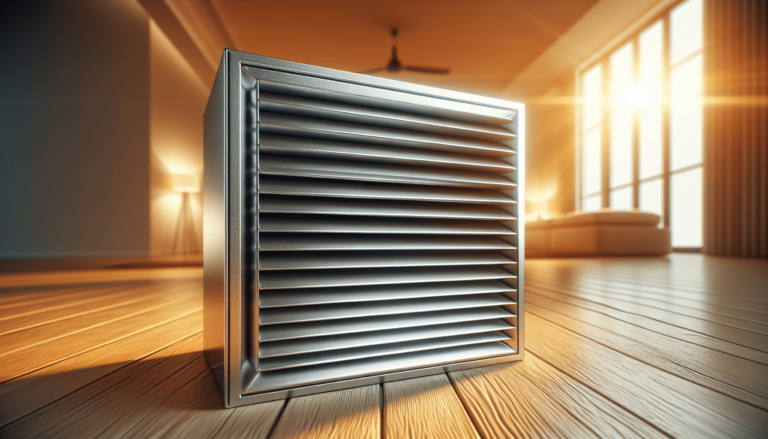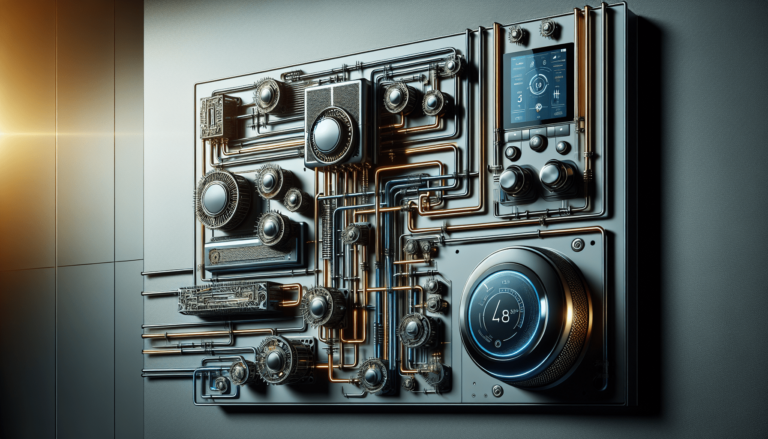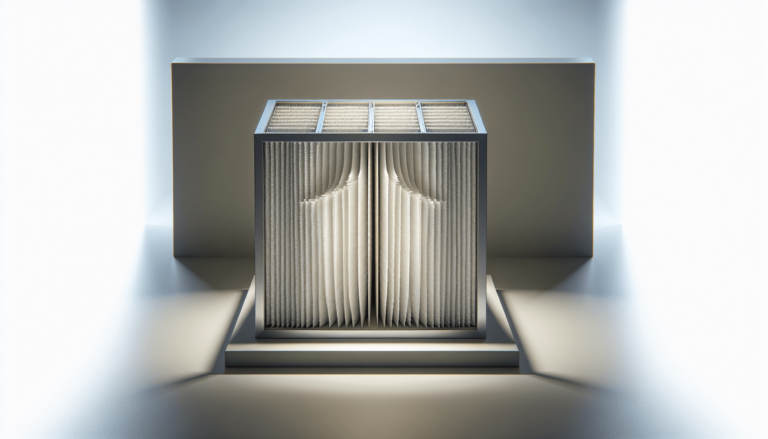

HVAC Services
Get Professional Repairs From The Area's Trusted HVAC Technicians. Ask About Our Services! We Offer Professional Heating & Cooling System Repairs And Guarantee Long-Lasting Results.
Got Question? Call us: (850) 678-2665Financing
The Importance of Proper Ventilation for HVAC Systems
The Importance of Proper Ventilation for HVAC Systems. Learn why proper ventilation is crucial for maintaining a comfortable and healthy indoor environment.
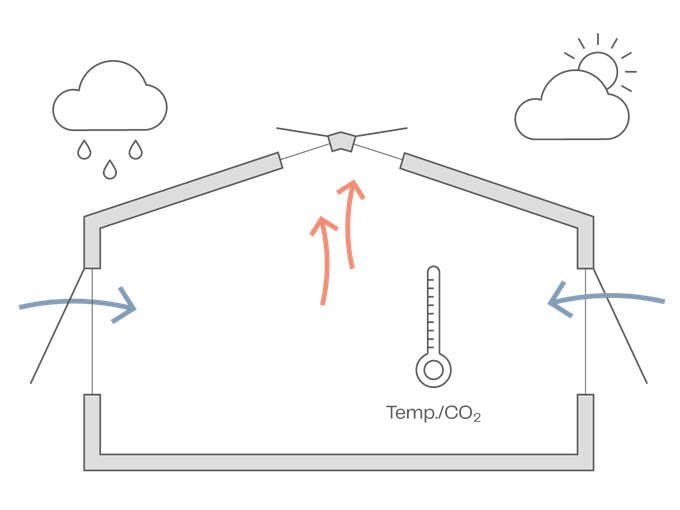
Proper ventilation is crucial for HVAC systems as it plays a significant role in maintaining a comfortable and healthy indoor environment. Without adequate ventilation, indoor air quality can deteriorate, leading to a range of issues such as poor temperature regulation, increased humidity, and the accumulation of pollutants and allergens. HVAC systems that lack proper ventilation can also result in higher energy consumption and decreased efficiency. Therefore, it is essential to prioritize ventilation when it comes to HVAC system installation, repair, and maintenance.
The Role of Ventilation in HVAC Systems
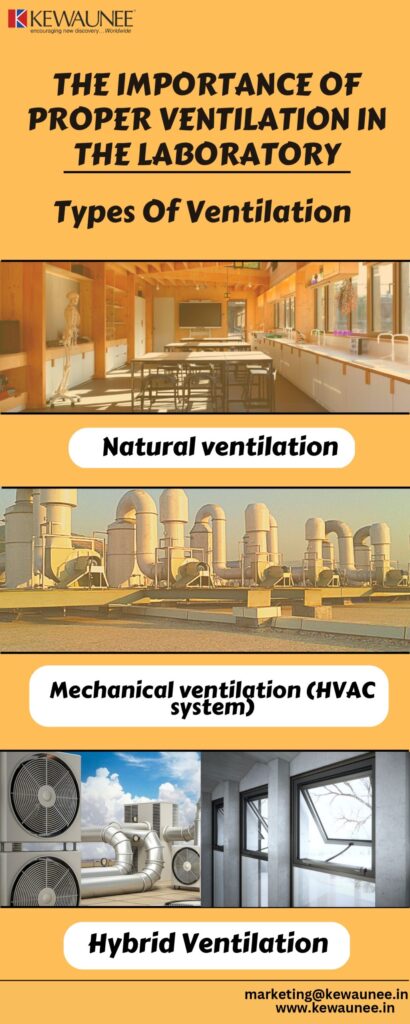
This image is property of www.kewaunee.in.
Ensuring Proper Air Circulation
Proper ventilation plays a crucial role in maintaining a comfortable and healthy indoor environment. One of its primary functions is to ensure adequate air circulation in HVAC systems. By continuously exchanging stale indoor air with fresh outdoor air, ventilation helps maintain optimal air quality and temperature levels within a building.
Without proper air circulation, indoor air can quickly become stagnant and unpleasant. This can lead to a range of issues, including the buildup of pollutants, unpleasant odors, and an overall stuffy atmosphere. To ensure that the air in your home or workplace remains fresh and invigorating, it is essential to have a well-designed ventilation system in place.
Removing Indoor Air Pollutants
Another vital role of ventilation in HVAC systems is to remove indoor air pollutants. Indoor air can be significantly more polluted than outdoor air, with sources including cleaning products, building materials, and even human activities such as cooking and smoking. These pollutants can lead to a variety of health issues, including allergies, respiratory problems, and even long-term chronic illnesses.
Proper ventilation helps to dilute and remove these indoor air pollutants by constantly introducing fresh outdoor air and exhausting the stale indoor air. This continuous exchange ensures that harmful substances are effectively filtered out and replaced with clean and healthy air.
Preventing Stagnant Air
Stagnant air can create an uncomfortable and unpleasant environment. Without proper ventilation, air can become trapped in a building, causing it to feel stuffy and damp. This can lead to a range of issues, including the growth of mold and mildew, the accumulation of unpleasant odors, and a general sense of discomfort.
By promoting air movement, ventilation helps prevent stagnant air from becoming a problem. The constant flow of fresh air not only creates a more comfortable indoor environment but also helps to regulate humidity levels and eliminate musty odors.
Managing Humidity Levels
Proper ventilation is essential for managing humidity levels in buildings. High humidity can promote the growth of mold and mildew, cause structural damage, and create an uncomfortable environment. On the other hand, low humidity can lead to dry and irritated skin, respiratory issues, and damage to furniture and other belongings.
Ventilation systems that include options to control humidity levels, such as integrated dehumidifiers, can help maintain the ideal balance of moisture in the air. By removing excess moisture and introducing fresh, dry air, proper ventilation can ensure a comfortable and healthy indoor environment.
Health Benefits of Proper Ventilation
Reducing Allergies and Asthma Symptoms
For individuals with allergies or asthma, proper ventilation can make a significant difference in their quality of life. Allergens such as dust mites, pollen, and pet dander can cause allergic reactions and exacerbate asthma symptoms. Without proper ventilation, these allergens can accumulate indoors, leading to constant discomfort and health issues.
By continuously exchanging stale air with fresh outdoor air, ventilation helps remove allergens and improves indoor air quality. This, in turn, reduces the frequency and severity of allergic reactions, providing relief and improving the overall well-being of individuals with allergies or asthma.
Preventing the Spread of Airborne Diseases
Proper ventilation plays a crucial role in preventing the spread of airborne diseases, especially in crowded places such as offices, schools, and healthcare facilities. Airborne pathogens, including viruses and bacteria, can easily circulate in indoor spaces and infect individuals in close proximity.
Effective ventilation systems help dilute and remove these pathogens from the air, reducing the risk of transmission. By constantly introducing fresh outdoor air and exhausting the contaminated indoor air, ventilation helps create a healthier environment and minimizes the spread of airborne diseases.
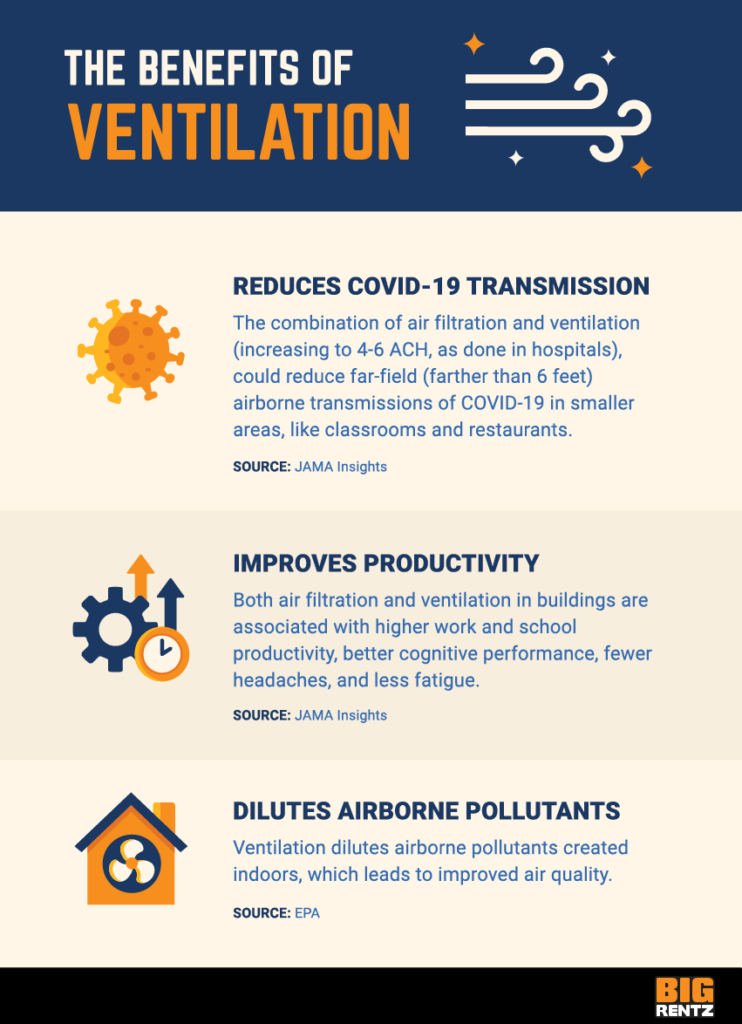
This image is property of acropolis-wp-content-uploads.s3.us-west-1.amazonaws.com.
Improving Indoor Air Quality
One of the most significant benefits of proper ventilation is the improvement of indoor air quality. Indoor air can be significantly more polluted than outdoor air, with a myriad of pollutants ranging from particulate matter to volatile organic compounds (VOCs). Prolonged exposure to these pollutants can have detrimental effects on human health, leading to a wide range of respiratory, cardiovascular, and neurological issues.
Ventilation systems equipped with efficient air filters can effectively remove particulate matter and VOCs from the air, significantly improving indoor air quality. By continuously supplying fresh outdoor air and removing pollutants, proper ventilation creates a healthier and more comfortable environment for building occupants.
Energy Efficiency and Cost Savings
Enhancing HVAC System Performance
Proper ventilation can enhance the performance of HVAC systems, leading to improved energy efficiency and cost savings. By providing adequate air circulation, ventilation helps HVAC systems distribute conditioned air more effectively throughout a building. This reduces the workload on the system, allowing it to operate more efficiently and maintain desired temperature levels without excessive energy consumption.
Well-designed ventilation systems can also help balance air pressure within a building, minimizing the strain on HVAC equipment and maximizing its lifespan. By ensuring optimal system performance, proper ventilation helps reduce energy waste and extend the longevity of HVAC systems.
Reducing Energy Consumption
Inefficient ventilation can be a significant contributor to excessive energy consumption in buildings. Without proper ventilation, HVAC systems may need to work harder to maintain comfortable temperature levels, leading to increased energy usage and higher utility bills.
By implementing appropriate ventilation strategies, such as using natural ventilation whenever possible and incorporating energy-efficient mechanical ventilation systems, energy consumption can be significantly reduced. This not only helps lower utility bills but also contributes to a more sustainable and environmentally friendly building operation.
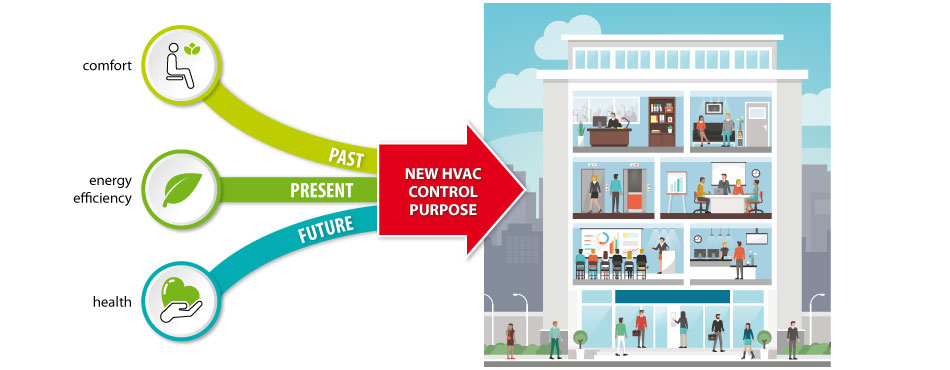
This image is property of www.carel.com.
Lowering Utility Bills
Proper ventilation can lead to significant cost savings by reducing the energy required for heating and cooling. By ensuring adequate air circulation and efficient HVAC system performance, ventilation helps maintain desired temperature levels more effectively.
With a well-designed ventilation system in place, buildings can reduce their reliance on heating and cooling equipment, resulting in lower utility bills. The energy savings achieved through proper ventilation contribute to long-term cost reductions and make a positive impact on both the environment and the building owner’s budget.
Extended Lifespan of HVAC Equipment
Preventing Overheating and System Breakdowns
Proper ventilation plays a critical role in preventing overheating and system breakdowns in HVAC equipment. Inadequate airflow due to poor ventilation can cause components to overheat, leading to increased wear and tear and ultimately system failure.
By promoting sufficient air circulation, ventilation helps dissipate excess heat and maintain optimal operating temperatures for HVAC equipment. This prevents overheating, reduces the risk of system breakdowns, and extends the lifespan of the equipment.
Minimizing Wear and Tear
HVAC systems that operate without proper ventilation may experience increased wear and tear on components, leading to frequent repairs and premature failure. Inadequate airflow can cause dust and debris to accumulate on critical components, reducing their efficiency and performance over time.
By ensuring proper air circulation, ventilation helps prevent the buildup of dust and debris on HVAC equipment, minimizing wear and tear. This not only improves system reliability but also reduces the need for costly repairs and extends the overall lifespan of the equipment.
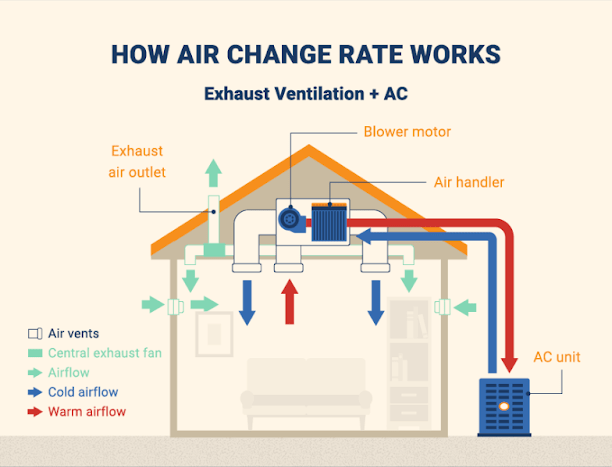
This image is property of i0.wp.com.
Reducing the Need for Repairs
Proper ventilation can significantly reduce the frequency and cost of repairs for HVAC systems. Inadequate airflow caused by poor ventilation can strain the system, leading to various issues that require professional intervention and repair.
By maintaining optimal airflow and preventing excessive strain on HVAC equipment, ventilation helps minimize the need for repairs. This not only saves money but also reduces downtime and ensures the continuous operation of the HVAC system, providing comfort and peace of mind to building occupants.
Compliance with Building Codes and Regulations
Meeting Ventilation Standards
Proper ventilation is essential for compliance with building codes and regulations, which often include specific requirements for indoor air quality and ventilation rates. These codes and regulations aim to ensure the health and safety of building occupants by establishing minimum standards for ventilation.
By implementing proper ventilation practices, building owners and operators can meet these standards and ensure compliance with local regulations. This helps create a safe and healthy indoor environment and demonstrates a commitment to the well-being of building occupants.
Ensuring Health and Safety in Buildings
Ventilation is a critical factor in maintaining the health and safety of building occupants. Proper ventilation helps remove harmful pollutants, control humidity levels, and prevent the spread of airborne diseases. By ensuring a constant supply of fresh and clean air, ventilation contributes to a safe and healthy indoor environment.
Compliance with ventilation requirements not only ensures the health and safety of occupants but also protects building owners from legal liabilities. By prioritizing proper ventilation in building design and operation, individuals responsible for buildings can create spaces that promote the well-being and comfort of all occupants.
Prevention of Mold and Mildew Growth
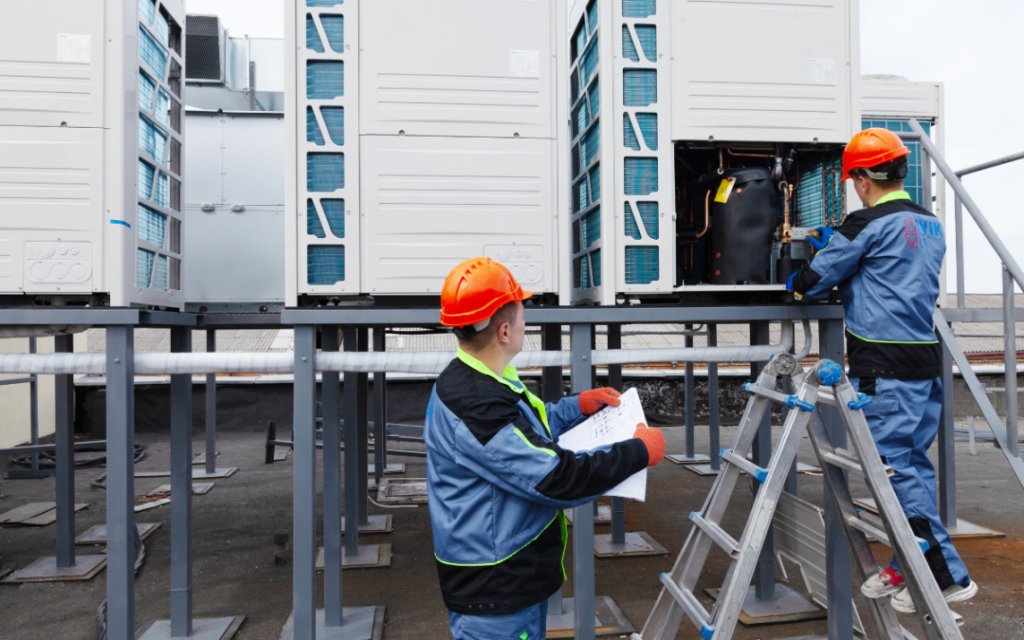
This image is property of galgonhvac.com.
Controlling Moisture Levels
Proper ventilation plays a vital role in controlling moisture levels within a building, which is crucial for preventing mold and mildew growth. Excessive humidity can create a favorable environment for mold and mildew to thrive, leading to structural damage and adverse health effects.
By introducing fresh outdoor air and exhausting moisture-laden indoor air, ventilation helps maintain optimal humidity levels. This inhibits the growth of mold and mildew, ensuring a healthy indoor environment and protecting the integrity of the building.
Eliminating Dampness and Condensation
Dampness and condensation can be significant concerns in buildings without proper ventilation. These moisture-related issues can lead to a range of problems, including water damage, musty odors, and the growth of mold and mildew.
A well-designed ventilation system effectively eliminates dampness and condensation by continuously replacing moist indoor air with fresh outdoor air. This helps maintain a dry and comfortable environment, preventing the development of moisture-related issues and ensuring the longevity of the building.
Improved Comfort and Productivity
Providing Fresh and Cool Air
Proper ventilation is essential for creating a comfortable indoor environment by providing a constant supply of fresh and cool air. Stale air can quickly become unpleasant, leading to discomfort, fatigue, and reduced productivity.
Ventilation systems that incorporate outdoor air intake provide a steady stream of fresh air, improving indoor air quality and creating a comfortable space for occupants. Additionally, ventilation systems can also help cool the indoor environment by removing excess heat and maintaining optimal temperature levels, further enhancing comfort and productivity.
Reducing Stuffiness and Odors
Stuffy indoor environments can significantly impact comfort and productivity. Without proper ventilation, air can become trapped and stale, leading to a stuffy atmosphere and the accumulation of unpleasant odors.
By promoting air circulation and eliminating stale air, ventilation helps reduce stuffiness and eliminate unpleasant odors. This creates a more pleasant and inviting indoor environment, enhancing the comfort and well-being of individuals in the space.
Enhancing Workplace Efficiency
Proper ventilation has been shown to have a positive impact on workplace efficiency and productivity. Stale air and high levels of indoor pollutants can lead to fatigue, headaches, and difficulty concentrating, resulting in decreased performance and reduced productivity.
By providing fresh and clean air, ventilation helps create an optimal indoor environment conducive to productive work. Improved air quality and comfort enhance focus, alertness, and overall well-being, resulting in increased workplace efficiency and productivity.
Noise Reduction
Minimizing HVAC System Noise
Ventilation systems can play a significant role in reducing the noise generated by HVAC equipment. Poorly designed ventilation can contribute to the propagation of mechanical noises, airflow disturbances, and vibrations, leading to a noisy indoor environment.
Properly designed ventilation systems include measures to minimize noise by incorporating noise reduction technologies, such as vibration isolators and sound-absorbing materials. By minimizing HVAC system noise, proper ventilation helps create a peaceful and comfortable environment for building occupants.
Creating a Peaceful Environment
Excessive noise can have a detrimental effect on concentration, sleep quality, and overall well-being. Proper ventilation, by reducing HVAC system noise and preventing the buildup of airborne noise, helps create a peaceful indoor environment.
A peaceful environment is particularly important in areas such as bedrooms, classrooms, and offices, where individuals require concentration and restful surroundings. By incorporating noise reduction measures, ventilation systems contribute to a quiet and harmonious space that promotes relaxation, productivity, and overall satisfaction.
Proper Ventilation Techniques
Natural Ventilation
Natural ventilation utilizes the natural forces of wind and thermal buoyancy to exchange air and regulate indoor temperatures. It involves strategically designed openings, such as windows, doors, and vents, that allow fresh outdoor air to enter and stale indoor air to exit.
This technique provides a cost-effective and energy-efficient means of ventilation, as it relies on natural airflow rather than mechanical systems. Natural ventilation offers numerous benefits, including improved air quality, reduced reliance on mechanical cooling, and a connection to the outdoors.
Mechanical Ventilation
Mechanical ventilation involves the use of fans, blowers, and ductwork to actively circulate and exchange air within a building. This technique allows for precise control over indoor air quality and temperature, making it suitable for various building types and climates.
Mechanical ventilation systems can be designed to provide either supply-only, exhaust-only, or balanced airflow. Supply-only systems introduce fresh outdoor air into the building, exhaust-only systems remove indoor air, and balanced systems provide a combination of both.
Heat Recovery Ventilation
Heat recovery ventilation (HRV) is a specialized type of mechanical ventilation that focuses on energy efficiency. It incorporates a heat exchanger to transfer heat between the incoming and outgoing air streams, allowing for the recovery of the energy used for conditioning the air.
HRV systems help reduce energy waste by preheating or precooling the incoming fresh air using the extracted, conditioned indoor air. This heat exchange process not only minimizes energy consumption but also enhances comfort and reduces the load on heating and cooling systems.
Regular Maintenance and Inspection
Cleaning and Changing Air Filters
Regular maintenance and inspection are crucial for ensuring the effectiveness and efficiency of ventilation systems. One essential task is cleaning and changing air filters, which are responsible for removing particulate matter and other pollutants from the air.
Dirty or clogged filters restrict airflow and reduce the performance of ventilation systems. Regularly cleaning or replacing air filters helps maintain optimal airflow, improve indoor air quality, and prevent strain on HVAC equipment.
Inspecting Air Ducts and Vents
It is essential to regularly inspect air ducts and vents to ensure they are clean, unobstructed, and in good condition. Over time, dust, debris, and other contaminants can accumulate in ducts and vents, hindering proper airflow and compromising indoor air quality.
Routine inspections allow for the identification and removal of any blockages or damage, ensuring that air can flow freely throughout the system. Clean and well-maintained ducts and vents contribute to the overall effectiveness of ventilation systems and prevent potential issues from arising.
Ensuring Proper Airflow
Proper airflow is essential for the effective operation of ventilation systems. It is crucial to regularly monitor and assess airflow rates to ensure that the system is delivering the necessary amount of fresh air and exhausting stale air effectively.
Various factors, such as blockages, leaks, or improperly adjusted dampers, can impede airflow and reduce system performance. Regular maintenance and inspection help identify and address any issues that may hinder proper airflow, ensuring that the ventilation system operates optimally.
In conclusion, proper ventilation plays a vital role in maintaining a comfortable, healthy, and efficient indoor environment. By ensuring proper air circulation, removing indoor air pollutants, managing humidity levels, and extending the lifespan of HVAC equipment, ventilation systems contribute to improved air quality and overall well-being. Additionally, compliance with building codes and regulations, prevention of mold and mildew growth, noise reduction, and the use of proper ventilation techniques all contribute to creating a safe, productive, and pleasant indoor environment. Regular maintenance and inspection help ensure the continued effectiveness and efficiency of ventilation systems, allowing for long-term cost savings and a positive impact on both occupants’ health and the environment. So, whether in homes, offices, schools, or healthcare facilities, proper ventilation is a crucial aspect of HVAC systems that should never be overlooked.


